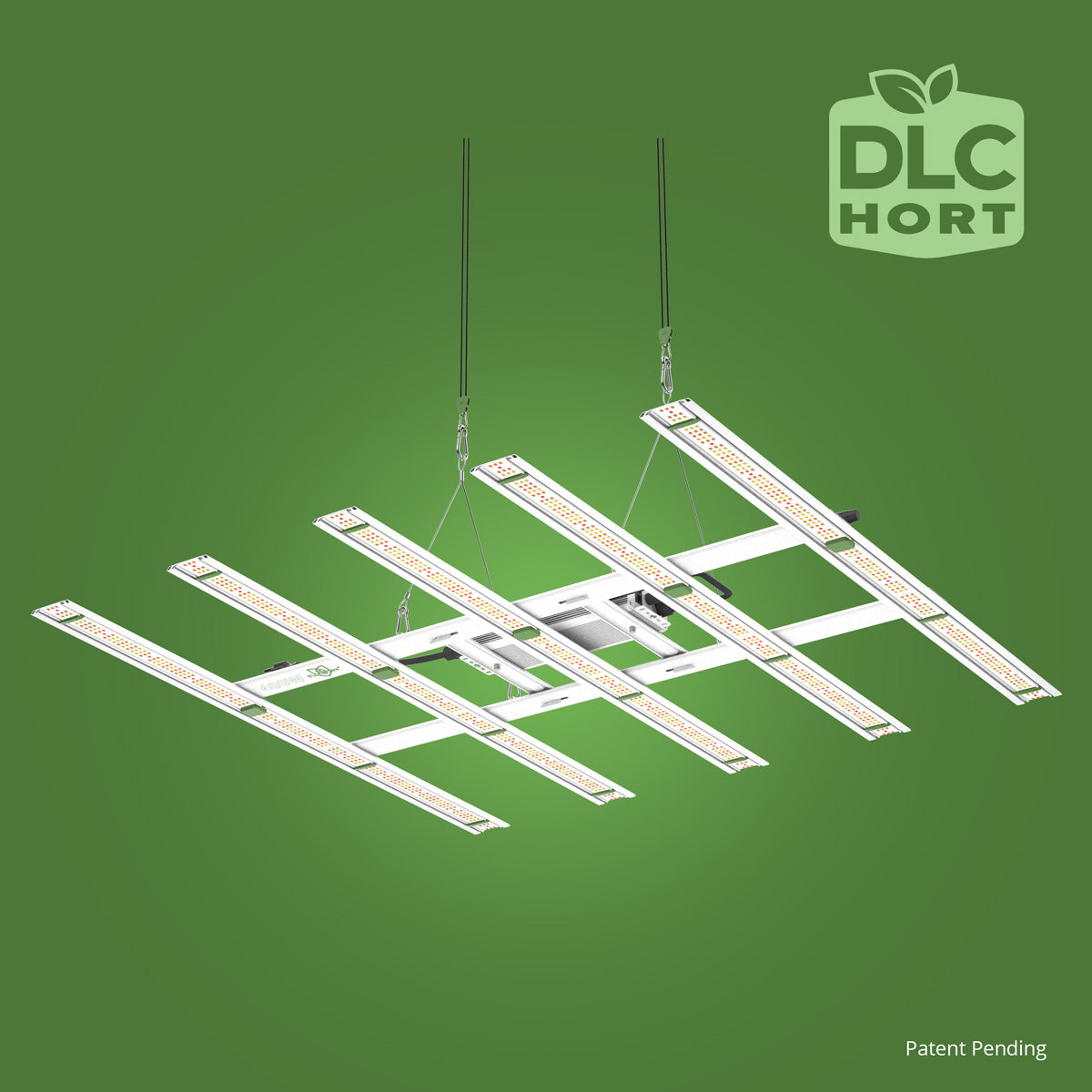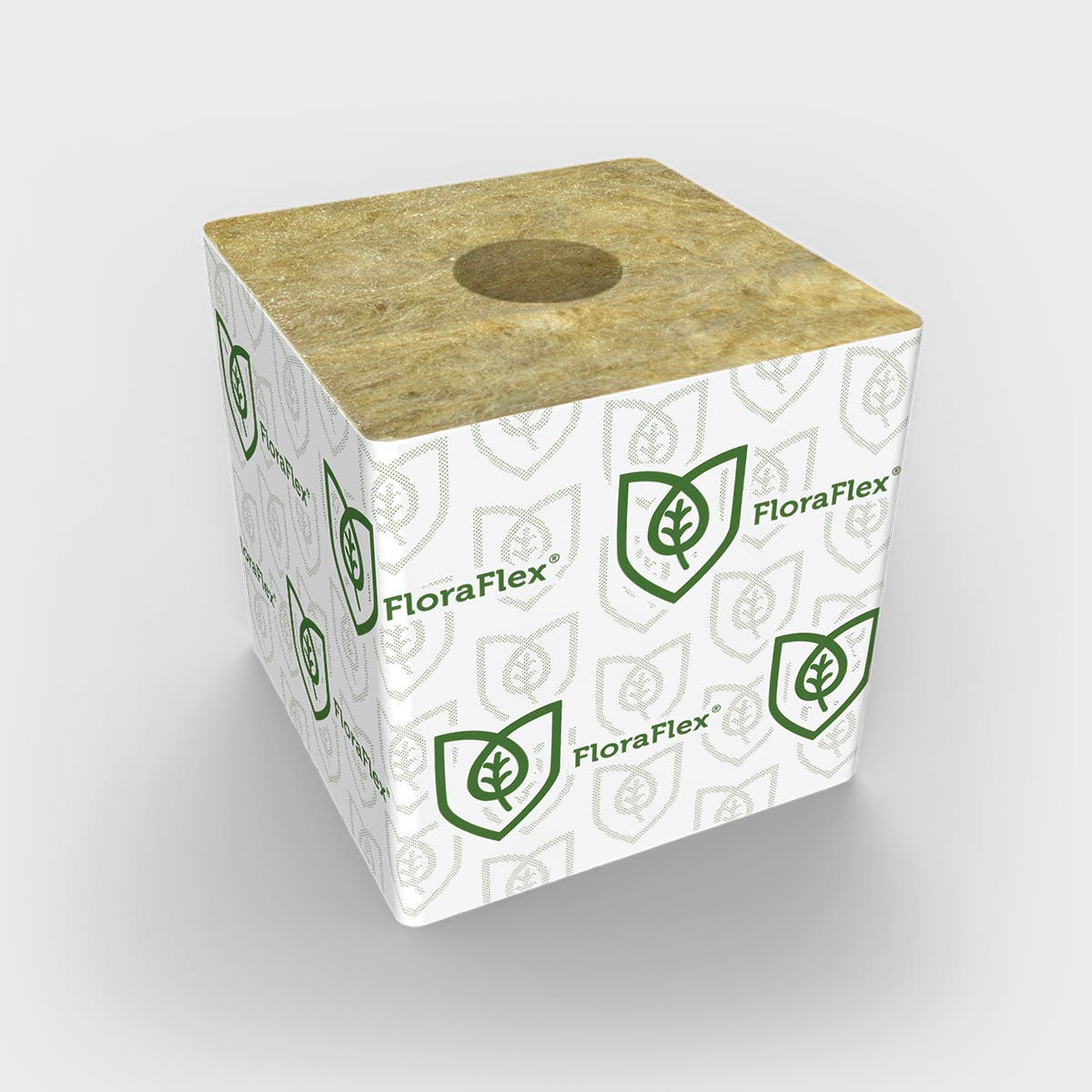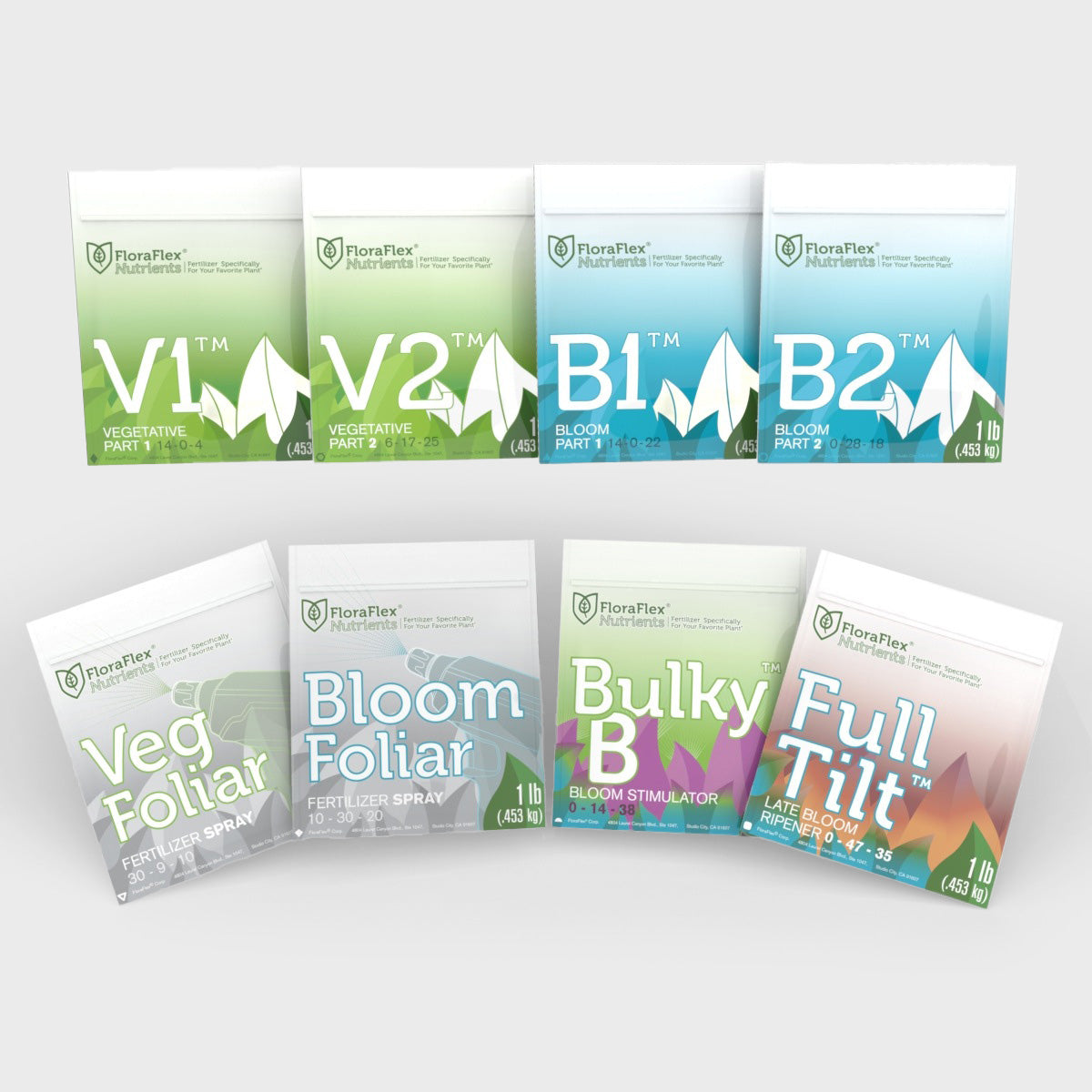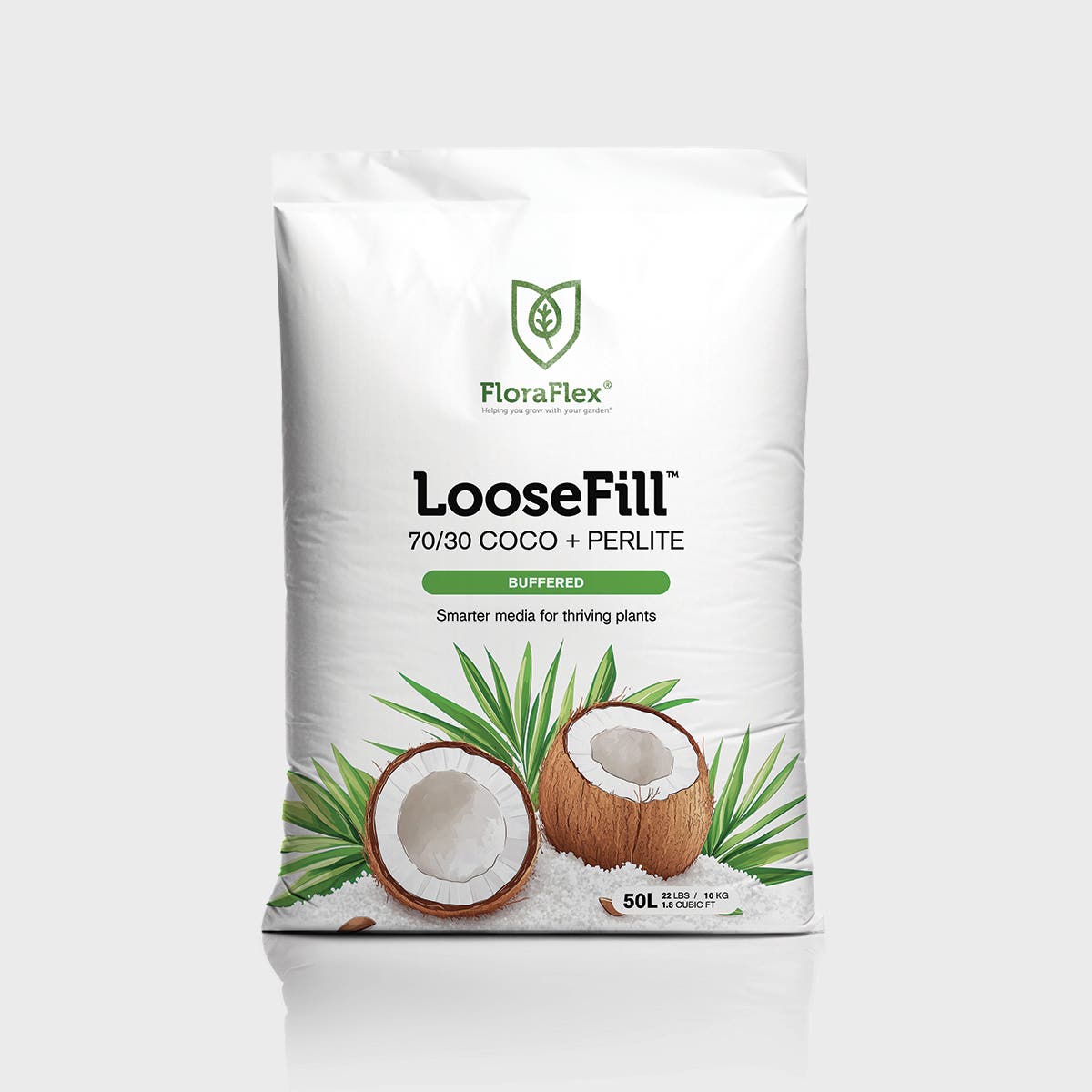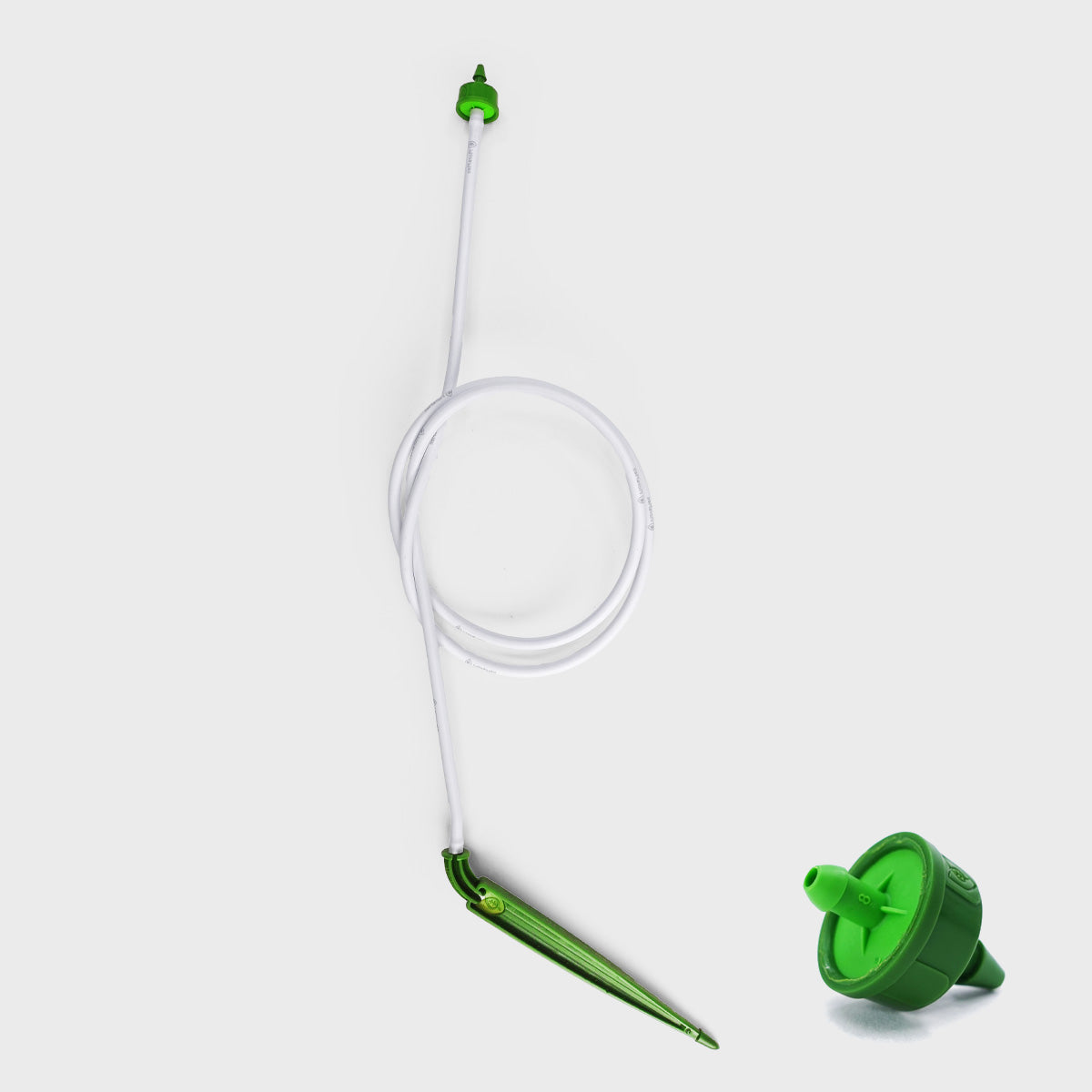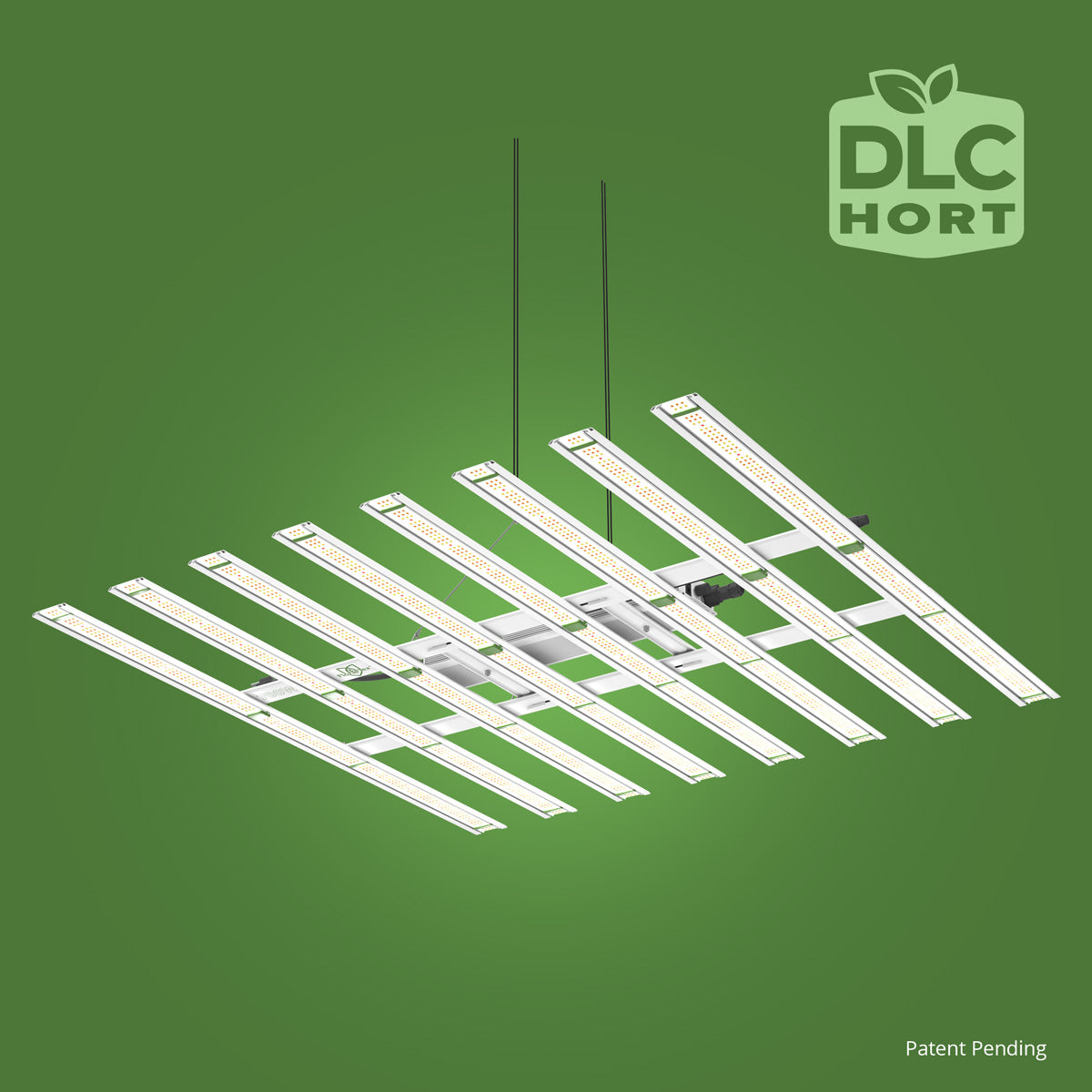In the world of cannabis cultivation, light cycles play a crucial role in ensuring optimal plant health and productive yields. Despite the wealth of information available, misconceptions about light cycles continue to circulate among both novice and experienced growers. In this blog post, we will debunk some of the most common myths surrounding light cycles in cannabis growing, helping you to better understand how to harness light effectively for your plants. Additionally, we will explore some innovative tools that can enhance your cannabis growing experience, including the 6" FloraFlex Wool (Basalt Derived).
Myth 1: Longer Light Cycles Always Mean Faster Growth
One common misconception is that the longer you expose your cannabis plants to light, the faster they will grow. While it's true that light is a critical factor for plant growth, this doesn't mean that more light will lead to exponential growth. Cannabis plants follow a specific light cycle natural to their evolutionary development. For the vegetative stage, growers typically use an 18/6 light cycle—meaning 18 hours of light and 6 hours of darkness. This cycle mimics the long days of summer, providing an optimal balance of light and rest for the plant.
Overextending the light exposure can lead to stress, especially as the plant's root systems need time in the dark to metabolize nutrients and carry out other physiological processes. Using products like the 6" FloraFlex Wool (Basalt Derived), which are specifically designed to provide a balanced support system, can help maximize plant health during these stages.
Myth 2: All Cannabis Strains Respond the Same to Light Cycles
A prevalent myth is the belief that all cannabis strains respond similarly to the same light cycles, but this isn't the case. Cannabis strains are highly variable and have different light cycle requirements depending on their genetics. Indica strains, for example, are typically ready for flowering faster than Sativa strains under the same conditions.
When transitioning from the vegetative stage to the flowering stage, a 12/12 light cycle is generally recommended. However, the specific strain's needs should be considered. This cycle replicates the natural shortening of daylight during fall, signaling to the plant to prepare for reproduction. Adjusting light cycles based on the specific needs of your strain can lead to healthier plants and more robust yields. It's crucial to research your particular cannabis strain to understand its unique light requirements, much like you would consider the specific needs of your growing medium with the 6" FloraFlex Wool.
Myth 3: Light Intensity Doesn't Affect Cannabis Growth
Another misconception is that light intensity is irrelevant as long as the correct light cycles are followed. In truth, light intensity is just as vital as the duration of light exposure. Light intensity affects photosynthesis, improving the plant's growth rate and overall health. Insufficient light can leave your plants weak and spindly, while excessive light intensity can result in light burn and other stress factors.
Investing in quality lighting tailored to the different growth phases is essential. Balancing light intensity to align with your light cycles ensures plants receive the appropriate radiation levels without suffering from stress. Just as using the correct grow medium, such as the FloraFlex 6" Wool, can optimize root development, choosing the right balance of light intensity is crucial for plant growth.
Myth 4: Once Flowering Starts, the Light Cycle Is Set
Some growers believe that once flowering starts with a 12/12 light cycle, it should remain unchanged until harvest. While consistency is generally beneficial, slight adjustments can sometimes enhance yields. For instance, slowly shortening the daylight exposure as harvest approaches can simulate late autumn, encouraging the plant to complete flowering. This technique, however, should be used cautiously, understanding the strain-specific flowering traits to prevent plant stress.
As with managing light cycles, ensuring the environment supports healthy growth is critical. Tools like the 6" FloraFlex Wool help maintain consistent growth by providing a reliable medium that enhances nutrient uptake.
Myth 5: Light Cycles Have No Impact on Auto-Flowering Strains
Auto-flowering strains of cannabis have gained popularity due to their ability to transition to flowering automatically without strict adherence to light cycle changes. Despite this unique characteristic, these strains still benefit from optimized light conditions. While auto-flowers don't require a strict 12/12 light cycle to flower, providing an 18/6 or even 20/4 light schedule during their lifecycle can improve growth outcomes.
Understanding the subtle nuances of auto-flowering strains, including how light cycles can still impact their growth phases, is essential. Pairing this knowledge with compatible growing tools, such as the robust and resilient FloraFlex 6" Wool, can yield better results.
Conclusion
In the realm of cannabis cultivation, myths can often lead growers astray, detracting from the potential yield and health of the plants. By debunking these misconceptions, growers can adopt more informed practices that optimize light cycles for healthier and more productive cannabis plants. Understanding the importance of different light cycles, light intensity, and the specific needs of various strains will collectively contribute to the success of your cannabis garden.
For all your cannabis growing needs, consider exploring versatile cultivation products like the 6" FloraFlex Wool, which provide excellent support for your plants. Visit FloraFlex for more innovative solutions.
Happy growing!


